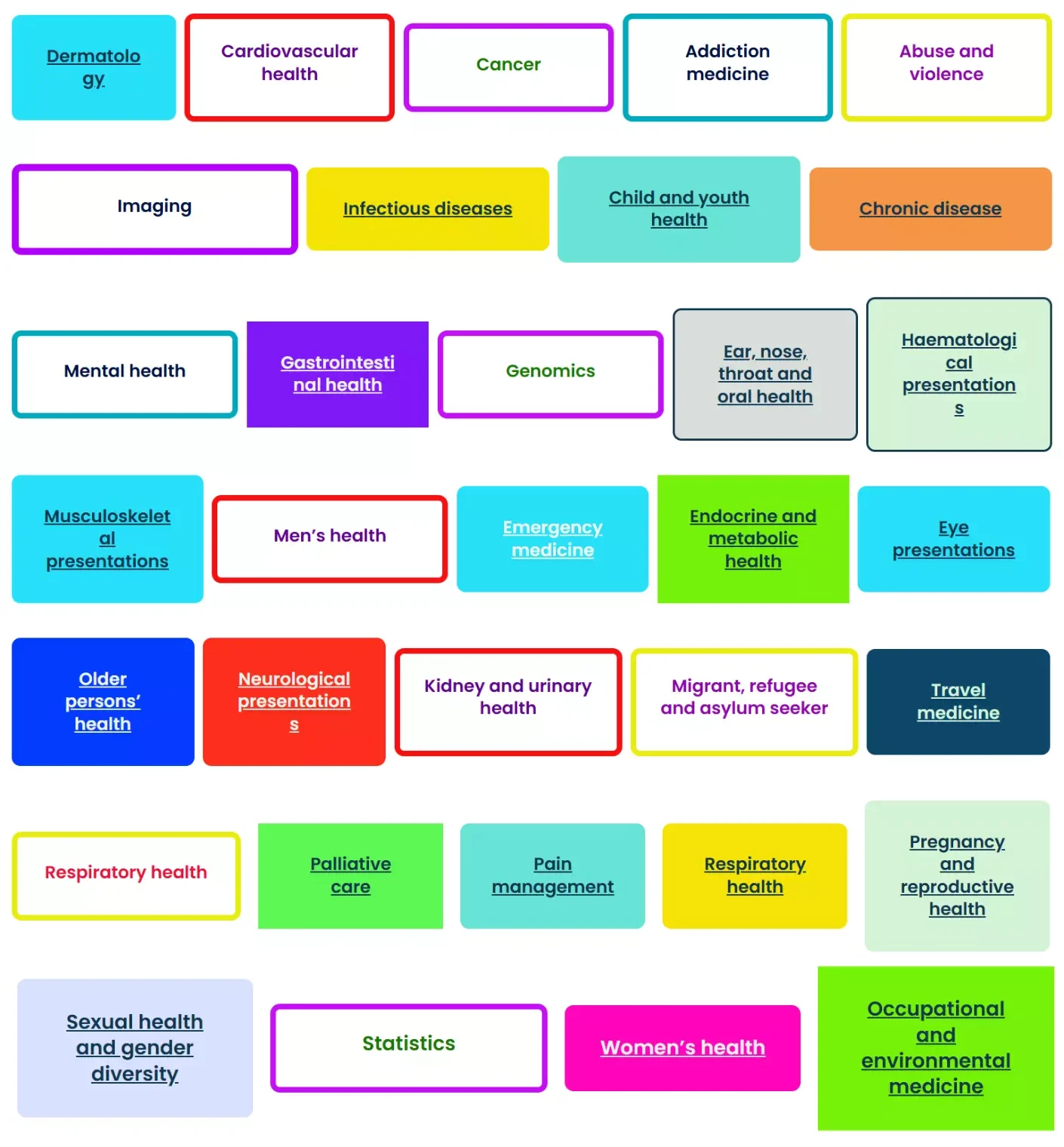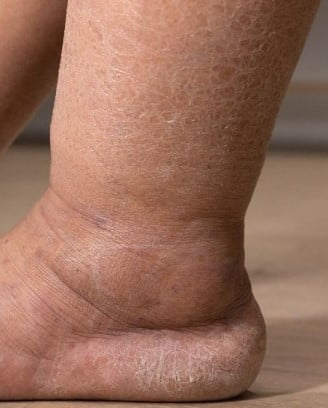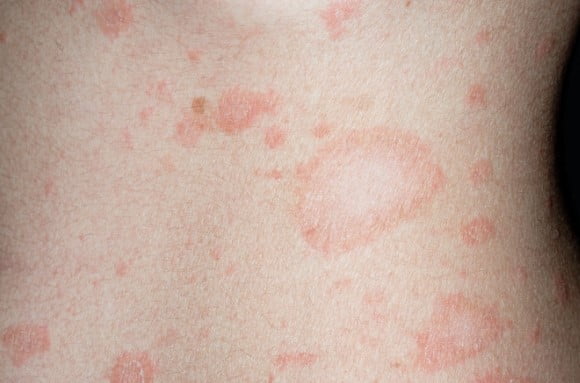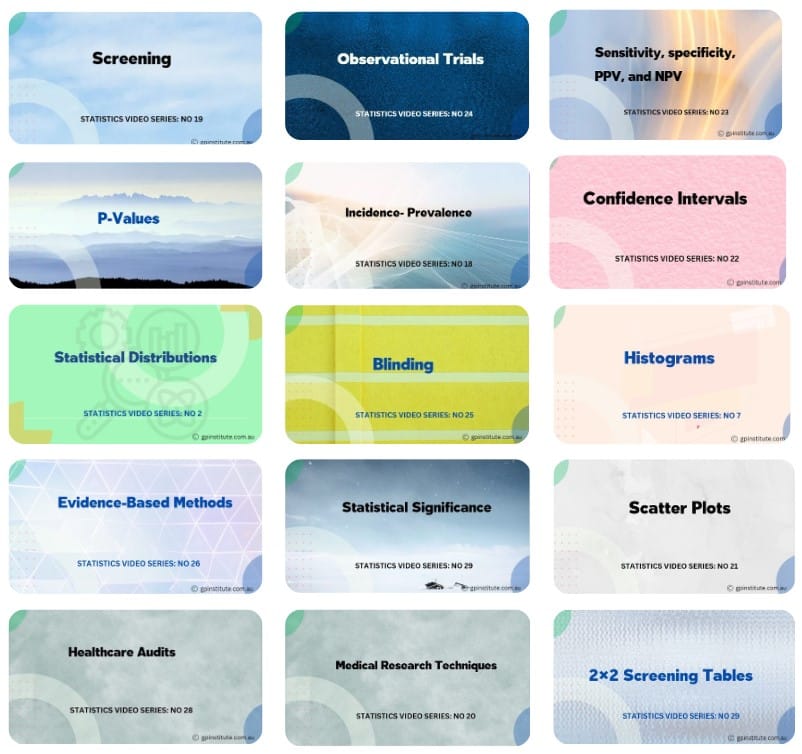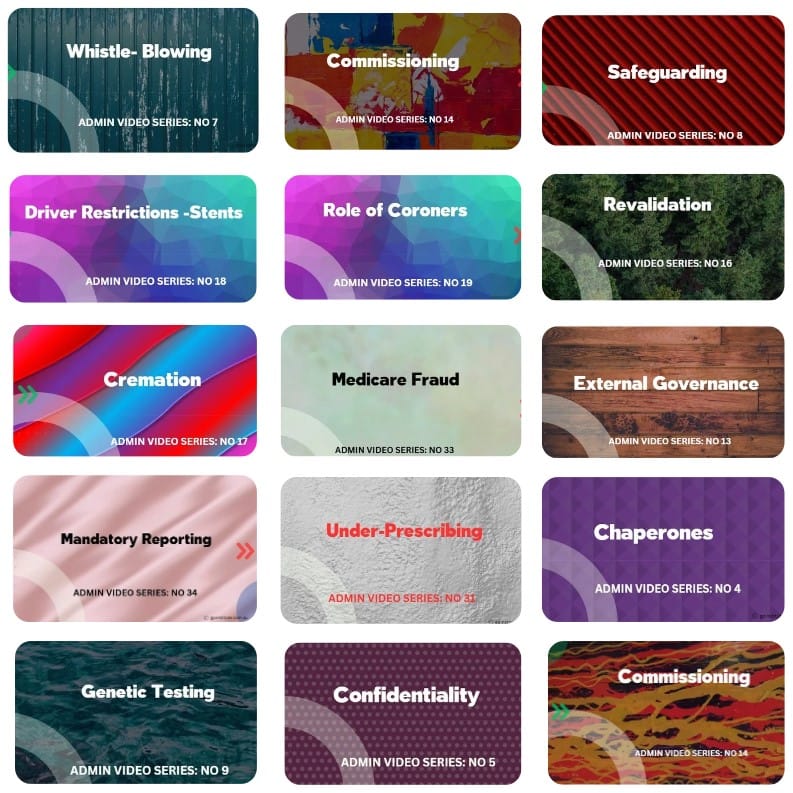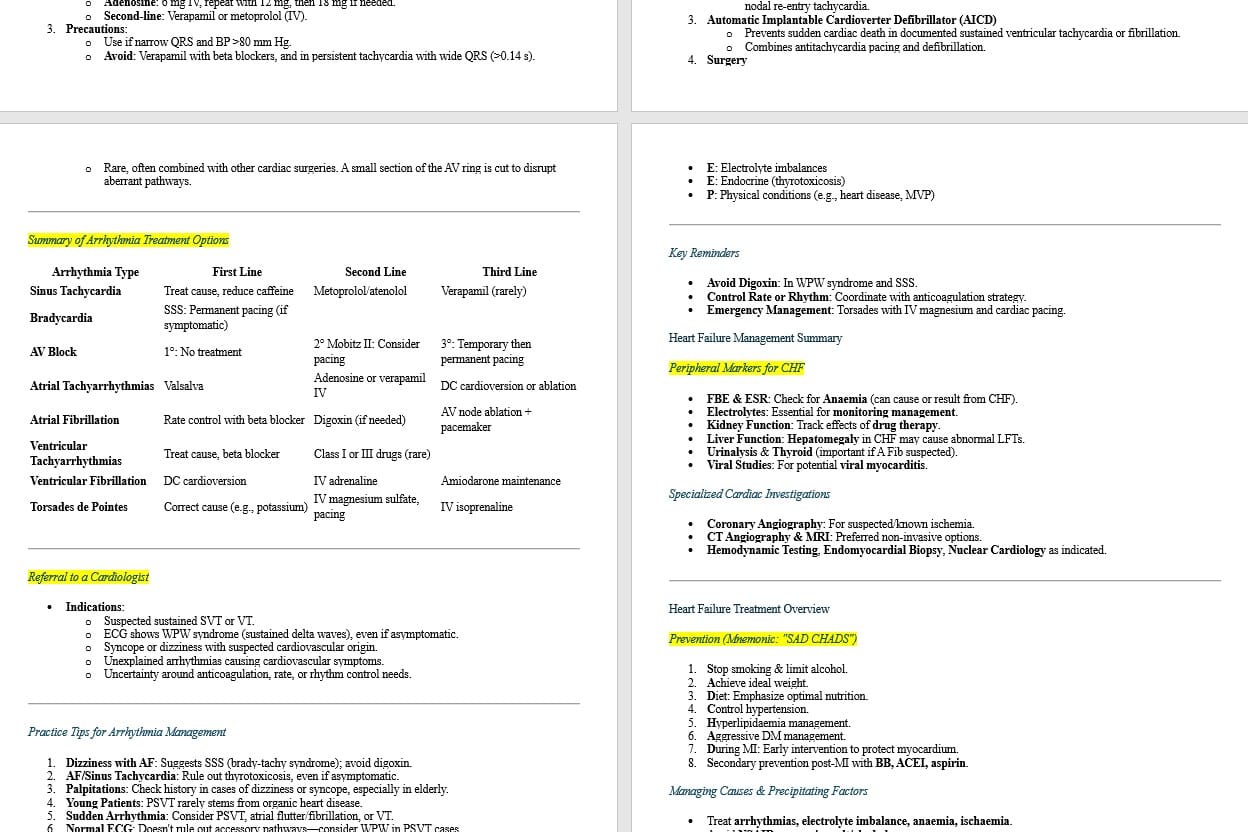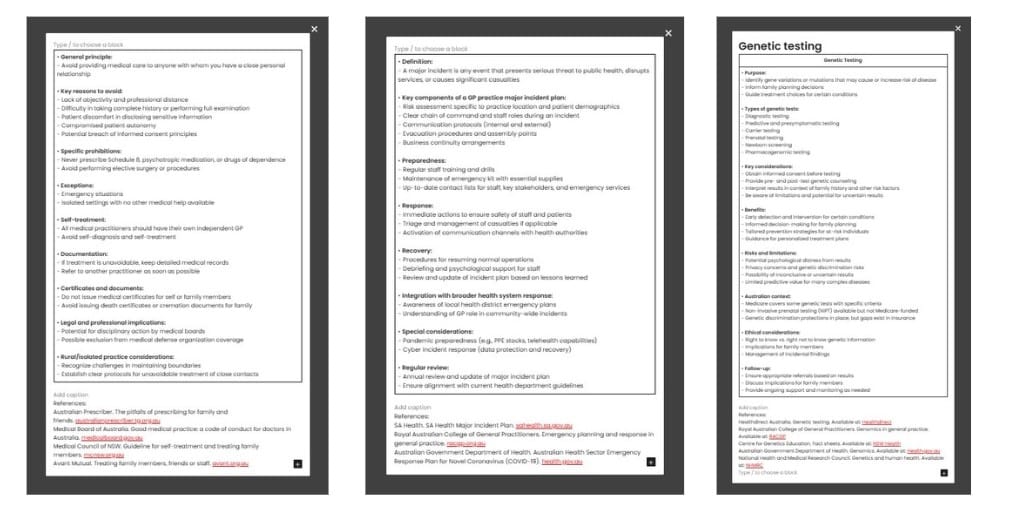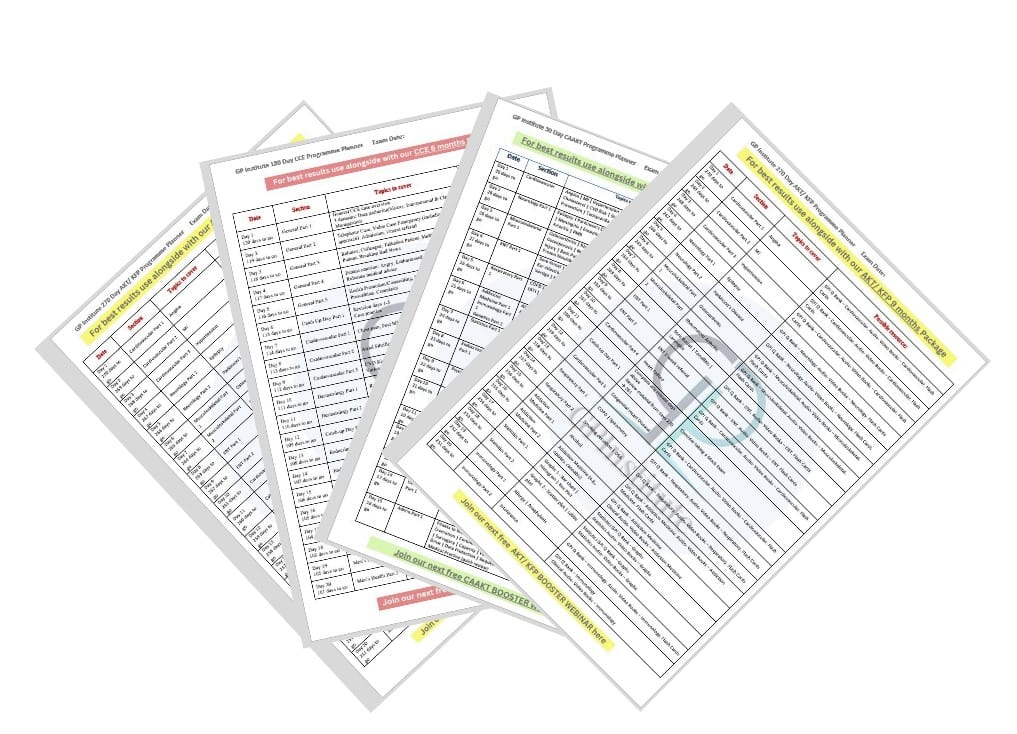This case scenario tests the candidate's ability to manage metastatic disease and associated pain in a hospital setting. It covers aspects of the ACRRM domains including providing expert medical care in hospital contexts, managing chronic conditions and palliative care, and practicing medicine within an ethical and professional framework.
The scenario highlights several important points:
The importance of comprehensive pain assessment in patients with metastatic disease.
The need for a multimodal approach to pain management, including pharmacological and non-pharmacological interventions.
The role of palliative radiotherapy in managing bone metastases.
The importance of addressing both physical and psychosocial aspects of care in patients with advanced cancer.
The potential for managing complex pain issues in rural settings with appropriate protocols and referral pathways.
Strategies to improve management of metastatic disease and pain in hospital settings might include:
Implementing standardized pain assessment tools and management protocols.
Providing ongoing training for hospital staff in palliative care and pain management.
Establishing clear communication pathways with oncology and palliative care specialists.
Ensuring availability of a range of pain management options, including opioids and adjuvant medications.
Developing patient education materials on pain management and coping strategies.
These approaches can help ensure effective management of metastatic disease and associated pain, potentially improving quality of life for patients with advanced cancer.
Part 1: Initial Presentation (4)
You are a physician in a rural hospital when you receive a call from the medical ward about a 62-year-old female patient with metastatic breast cancer. She was admitted for worsening bone pain, particularly in her spine and left hip. Despite being on oral morphine, the patient reports her pain remains poorly controlled, rating it 8/10. She appears distressed, and the nurse is seeking guidance on pain management and further care.
Initial Assessment and Approach:
Additional Information:
Cancer History:
Timeline and stage of breast cancer diagnosis.
Details of current and prior treatments (chemotherapy, targeted therapy, hormonal therapy).
History of radiation therapy to bones or other sites.
Pain History:
Onset, location, intensity, character (e.g., dull, sharp, throbbing).
Exacerbating or relieving factors, including response to current analgesia.
Impact on daily activities and sleep.
Overall Health:
Functional status (ECOG performance scale).
Other symptoms (e.g., nausea, fatigue, neurological changes).
Assessment of Pain Severity and Characteristics:
Use a validated pain scale (e.g., Numerical Rating Scale or Brief Pain Inventory) to quantify pain.
Conduct a focused examination to assess areas of tenderness, deformity, or reduced range of motion.
Assess for signs of spinal cord compression (neurological deficits, bladder/bowel dysfunction).
Immediate Interventions for Pain Relief:
Administer an immediate dose of intravenous morphine or hydromorphone to control acute pain.
Consider adding a short course of dexamethasone (e.g., 8 mg daily) to reduce inflammation and edema, especially if spinal cord compression is suspected.
Investigations:
Imaging:
X-rays of the spine and hip to assess for fractures or lesions.
MRI of the spine if spinal cord compression is suspected.
Bone scan or PET/CT if available, to evaluate metastatic burden.
Laboratory Tests:
Calcium and phosphate levels (evaluate for hypercalcemia).
Alkaline phosphatase and liver function tests (indicators of bone and liver metastases).
Full blood count to assess for anemia or infection.
Assessment for Complications:
Evaluate for spinal cord compression or pathological fractures requiring urgent intervention.
Screen for hypercalcemia, a common complication of bone metastases, with associated symptoms like confusion, nausea, or constipation.
Part 2: Management Plan (4)
Your initial assessment confirms inadequately controlled pain due to bone metastases.
Adjustment of Analgesic Regimen:
Transition to a strong opioid regimen, such as a continuous infusion of intravenous morphine with patient-controlled analgesia (PCA) if pain is severe.
Start long-acting opioids (e.g., sustained-release morphine) for background pain and short-acting opioids for breakthrough pain.
Consider adjuvant analgesics, such as:
Gabapentinoids (e.g., pregabalin): For neuropathic components of pain.
NSAIDs (e.g., ibuprofen): If not contraindicated, for inflammation-associated pain.
Adjuvant Medications:
Bisphosphonates (e.g., zoledronic acid):
Administer to reduce bone turnover, strengthen bone, and alleviate pain.
Educate the patient on potential side effects, such as hypocalcemia or flu-like symptoms.
Corticosteroids:
Dexamethasone can help manage bone pain, reduce edema, and mitigate compression effects.
Antiemetics:
Provide to counteract nausea associated with opioids or hypercalcemia.
Palliative Radiotherapy:
Discuss and arrange for palliative radiotherapy targeting areas of intense pain (e.g., spine and hip).
Explain that radiotherapy typically provides pain relief within 1-2 weeks and improves quality of life.
Patient Education:
Explain the multimodal approach to pain management, emphasizing that the goal is to improve comfort and functionality.
Provide reassurance about managing potential side effects, such as opioid-induced constipation.
Management of Other Symptoms:
Assess and manage nausea, fatigue, or other systemic symptoms.
Consider psychological support to address anxiety or depression related to her diagnosis.
Part 3: Ongoing Management and Quality of Life (2)
After initiating pain management, the patient reports moderate improvement in pain but remains concerned about her prognosis and quality of life.
Monitoring Pain Management:
Regularly assess pain control using the pain scale and adjust doses based on her response.
Monitor for opioid side effects (e.g., constipation, drowsiness) and manage proactively:
Prescribe laxatives (e.g., polyethylene glycol) for opioid-induced constipation.
Adjust medications if sedation becomes problematic.
Follow-Up with Oncology and Palliative Care:
Arrange a joint review with oncology to discuss ongoing systemic therapy options.
Refer to palliative care for comprehensive symptom management and psychosocial support.
Addressing Psychosocial Needs:
Provide counseling services to help the patient and her family cope with the emotional impact of metastatic cancer.
Involve the social worker to address any financial or logistical barriers to accessing care.
Preventing and Managing Side Effects:
Educate the patient about recognizing symptoms of hypercalcemia, opioid toxicity, or spinal cord compression.
Ensure she has access to urgent medical support for complications.
Improving Hospital Capabilities:
Implement standardized pain assessment tools and protocols for metastatic cancer pain management.
Provide staff training on palliative care principles, including opioid use and adjuvant therapies.
Develop clear referral pathways with regional oncology and radiotherapy services.
Ensure the availability of essential medications like bisphosphonates and corticosteroids.
Grading Against ACRRM Domains
Management to Provide Expert Medical Care in Part 1:
Comprehensive history-taking and focused physical examination.
Immediate and effective interventions for acute pain.
Management to Provide Primary Care in Part 2:
Multimodal pain management plan, including pharmacological and non-pharmacological strategies.
Coordination of palliative radiotherapy and systemic therapy.
Management to Provide Secondary Care in Part 3:
Structured follow-up for pain management and psychosocial support.
Integration of multidisciplinary care, including oncology and palliative care.
Problem Definition & Systematic Approach:
Systematic evaluation of pain and metastatic burden.
Timely identification and management of complications.
Respond to Medical Emergencies:
Preparedness to manage hypercalcemia or spinal cord compression.
Communication & Professionalism:
Empathetic communication about the diagnosis and management plan.
Patient-centered approach to address fears and preferences.
Flexibility to Changing Context:
Adaptation of pain management protocols to the rural setting.
Use of available resources, such as Telehealth, for specialist input.
Apply a Population Health Approach:
Address broader issues in cancer care access within rural communities.
Advocate for systemic improvements in palliative care delivery.
Work with Aboriginal, Torres Strait Islander, and Other Culturally Diverse Communities:
Sensitivity to cultural perspectives on pain and palliative care.
Involvement of Aboriginal Liaison Officers if applicable.
Practice Medicine within an Ethical, Intellectual, and Professional Framework:
Ethical use of opioids and transparent communication about prognosis.
Commitment to professional development in palliative care skills.
Provide Safe Medical Care While Working in Geographic and Professional Isolation:
Leveraging local and regional resources to optimize care.
Effective management of complex pain in a rural hospital setting.
This approach ensures comprehensive and compassionate management of metastatic bone pain in a rural hospital, emphasizing both medical expertise and patient-centered care.

